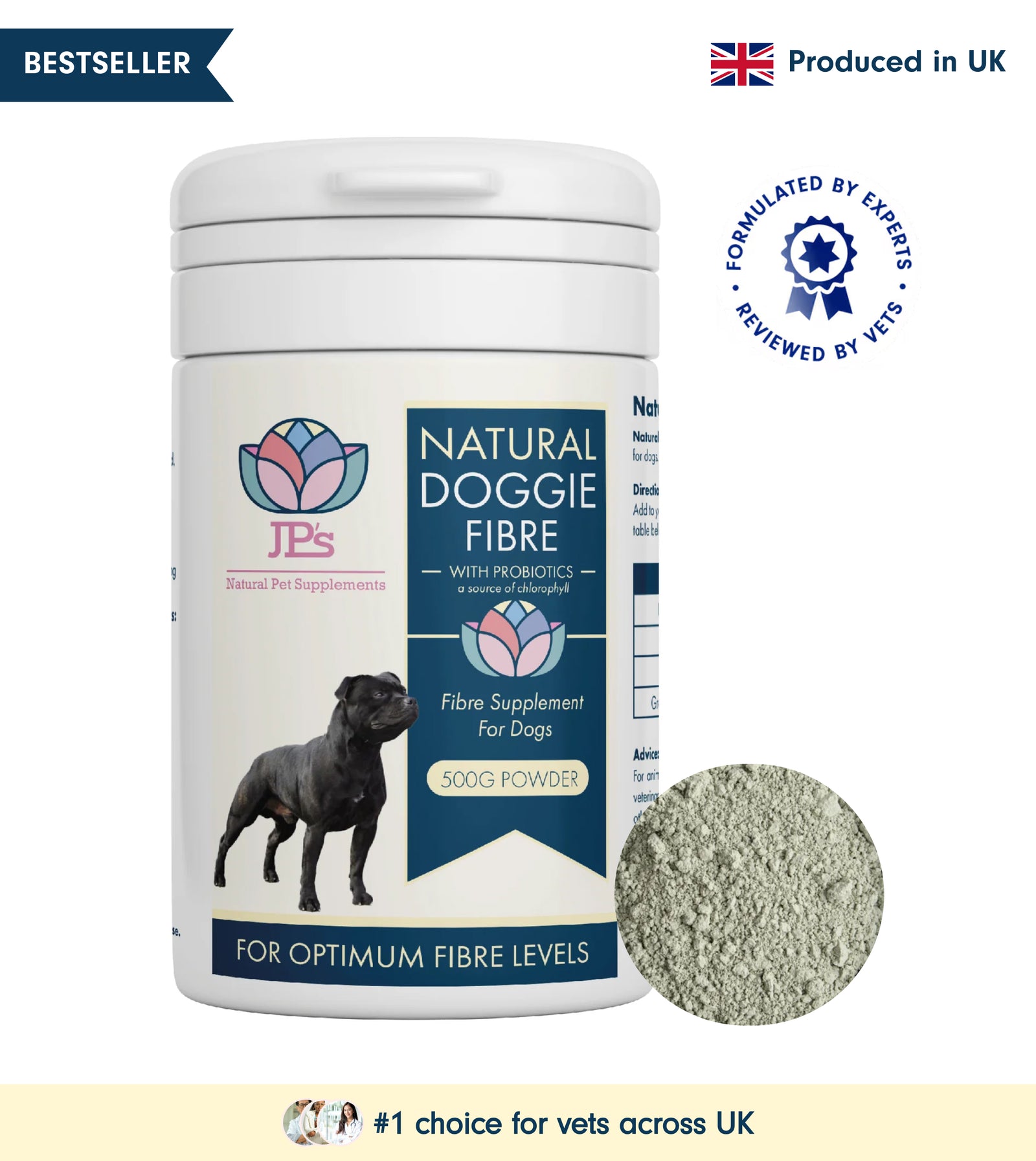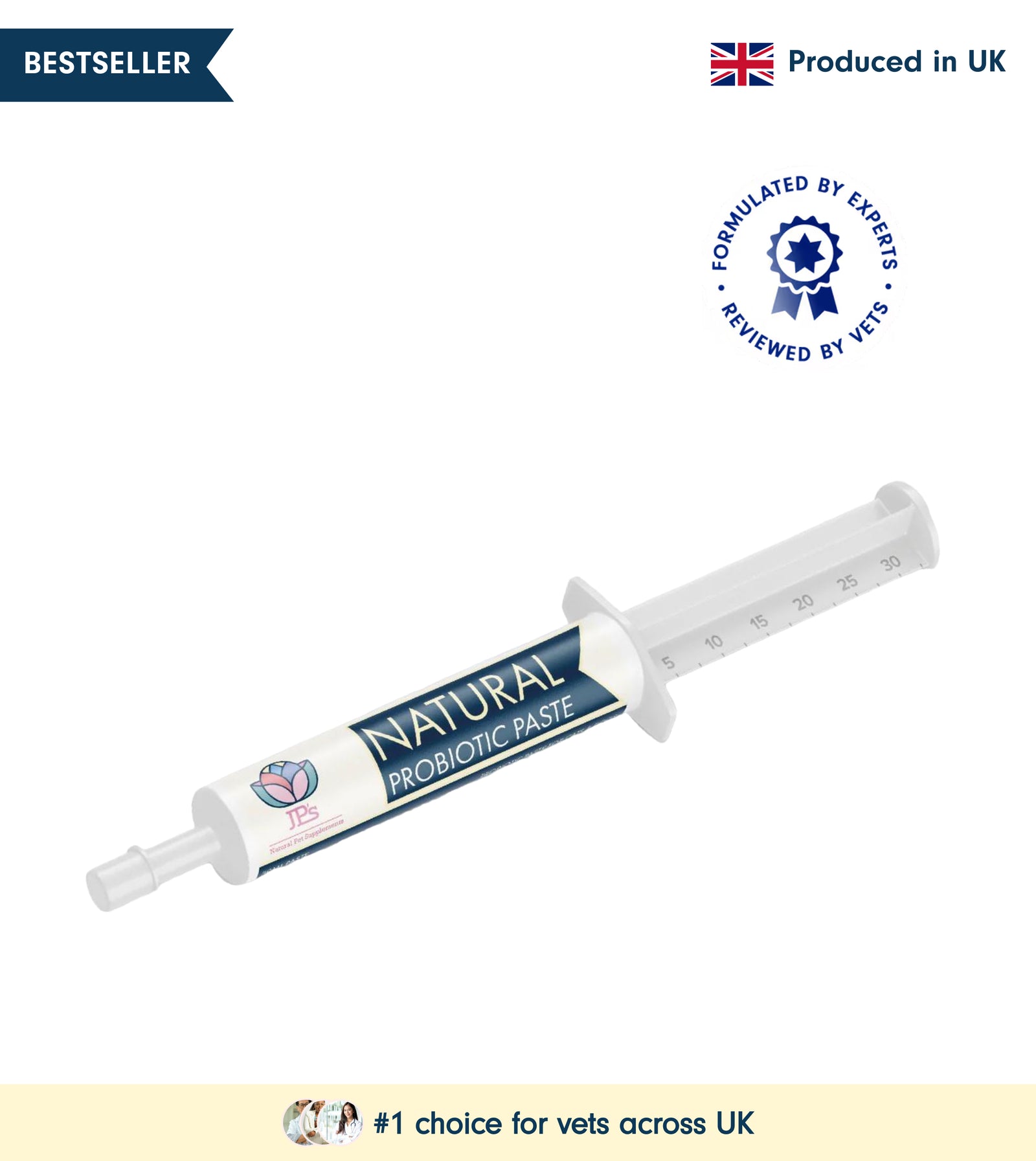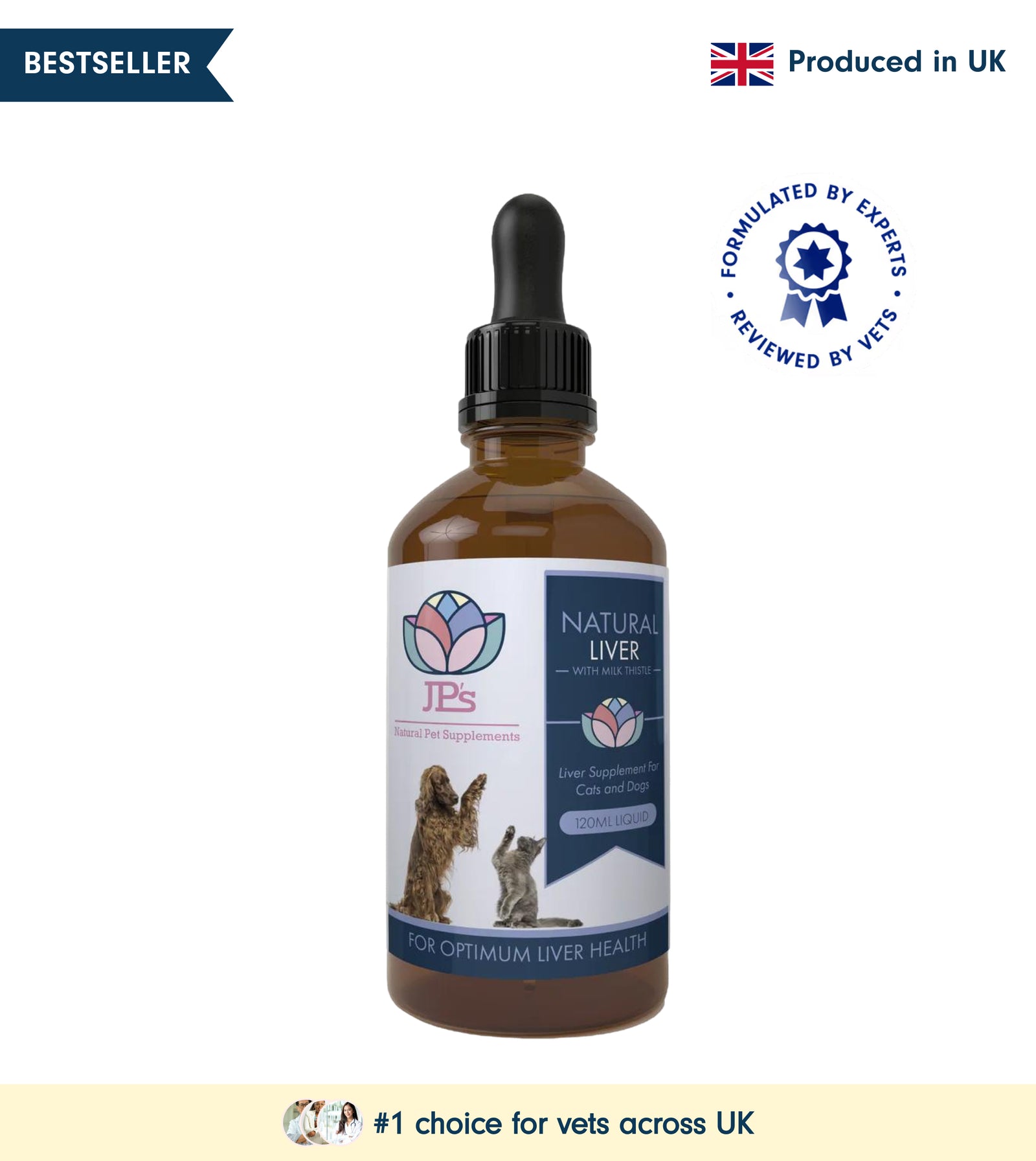Learning to be left alone is an important part of your dog’s training and will prevent your dog from becoming anxious when they are by themselves. So if you have recently welcomed a puppy into your family it’s really important to teach them that being alone is fun. I would recommend setting up a playpen or crate for your puppy, so you can start teaching them at an early age how to relax and chill when you are at home with them, this is a good foundation to build on. Teaching them to be relaxed and confident when they are on their is important for their future well-being. Then you will have a happier balanced dog.
We tend to label separation anxiety, it may come as a surprise to you that there are in fact different types of separation related behaviours. One is an attachment disorder, a dog’s very attached to one person or just people in general and react when those people aren’t around. Some owners will go and get another dog so their dog has company, only to find this hasn’t helped and has created more problems in some cases. Separation anxiety is severe distress when left alone. Many dogs will appear sad or anxious when you grab your keys etc. Mild examples of separation anxiety may include panting or whining, while serious behaviours can include pawing or biting at the crate door, causing destruction around the house, chewing window coverings or blinds, urinating or defecating, excessive drooling, heavy breathing and actual attempts to escape. In some cases, owners think their dogs have separation anxiety, but some dogs are just bored, due to not enough exercise or brain stimulation. Before owners leave the house, this can also cause your dog to be stressed and anxious. Owners need to teach their dogs even when they are in the house with them how to relax and chill, so for example, by putting them in a crate for an hour with some enrichment, or putting them behind a baby gate with a food stuffed Kong. Separation anxiety can be a manifestation of a bigger issue going on in the dog-human relationship, and unfortunately, pet owners can unknowingly cause some of these issues. When a dog is given unlimited, free access to affection, cuddles, furniture time, belly rubs, and baby talk your dog can become dependent on those types of rewards from its owner. Then when those things are suddenly removed because the owner has left the room or house, especially for long periods of time, your dog doesn’t have the skills needed to remain calm and trust that it’s safe to relax until their owner returns. Be sure to set boundaries in your everyday life with your dog.
Cases and possible Contributing Factors:
Owners not putting the foundations in place such as crate training or the correct puppy training.
Re-homing, such as a dog who has had to be rehoused multiple times, or even just once.
A dog that has never been left alone before. (Owners can make the mistake of taking their dog everywhere and never leaving them alone)
A dog who has been through a traumatic separation such as the loss of a family member or animal.
The owner has extended a hospital stay, separating the dog from its owner.
A dog has experienced some sort of trauma while left alone.
Noise phobia.
Old Age
The arrival of a new baby
Leaving the litter at a too young age.
The family moving home.
A dog is bored and frustrated and does not have enough exercise or brain stimulation, in some cases, owners can think their dogs have separation anxiety.
Make sure your dog has had a health check from your vet to rule out any health issues.
Many dogs with separation anxiety start to feel anxious before their owners have left their house. Dogs are great at pattern mapping any signal that becomes associated with departure like getting ready in the bathroom room, putting on your jacket or shoes, and grabbing your bag, and this can let them know you’re about to leave. Over time these small actions can cause an anxiety response.
Teach your dog that when you pick your keys up or coat, it doesn’t always mean you’re leaving. This takes many repetitions over weeks or months of training before you can depart the house. You will need a family member or someone to come and stay with your dog, otherwise, you will increase your dog’s anxiety and all your training will go out of the window.
To get started.
I always recommend getting a crate set up in your house, and putting the crate in the room you spend the most time in. Make the crate is as cosy as possible, with a comfy dog bed, and enrichments provided when your dog goes in the crate. Cover the back with a blanket so it is like a den effect. Please don’t close the door, leave it open for your dog to come and go. Every time your dog goes inside the crate don’t forget to walk over calmly and toss some treats inside the crate. Your dog needs to learn that when they go in the crate good stuff happens.
Make sure your dog has been exercised and been to the toilet before training exercises begin. Exercise for at least one hour, such as walking, free running, training, and flirt pole, depending on the dog’s age, breed, etc. After exercise for example flirt pole training, you need to then give your dog brain stimulation exercises, scent work, and enrichment, so your dog is nice and calm.
1 Start daily with just sitting down and having the keys on the coffee table or anywhere that’s convenient in your house. Pick the keys up and rattle them, put them back down, then reach into your treat pot and reward your dog’s calm behaviour. (Don’t reward them if they are anxious) Repeat the repetitions of picking your keys up.
2 Start putting your shoes on, then sitting back down or doing some housework. If your dog is calm reward them with a treat.
3 Put your coat on, sit back down, and repeat the repetitions, give rewards if your dog is calm. You need to be doing these exercises for at least 30 minutes a day.
4 Think back to when you did leave the house in the past. What was the trigger when your dog started to get anxious about you leaving, such as did it start when you got into the shower? if so then you need to bring them into your rituals.
5 Stay calm and stop telling your dogs that it’s ok and having white noise conversations that can make them more anxious.
6 Start playing relaxing music like classical, randomly throughout the day.
7 Bring out enrichment puzzles randomly throughout the day. They shouldn’t be used when you decide to depart the house only, otherwise, they become triggers to your dog that you’re leaving the house.
8 When your dog feels comfortable about his crate training start closing the door when you are in the same room with him. Make sure they have enrichments such as lick mats, food-stuffed kongs, and snuffle mats to keep him relaxed. Start with 5 minutes with the crate door closed and build up slowly. This can help build their confidence while you’re in the house with them. It also teaches them that they don’t have to be with us constantly and they learn to chill and relax.
9 After 2 weeks of being consistent with your training rituals, if you think your dog is relaxed, start going to your door rattling the handle, and coming back to your chair or whatever you were doing such as cleaning the house.
10 Remember your dog needs exercise before you start your training rituals, otherwise, they will have built up frustration.
11 If your dog’s been on a high-energy walk or flirt pole exercises remember to bring your dog’s brain back down with calming enrichments before you start training.
12 Practice your settling exercise, you will find this in my Blogs https://www.jpholisticnutrition.com. This explains what you need to do.
13 When you think your dog is ready you can start to go outside your front door, wait for a second and return. We don’t really want to return if your dog is barking, this is teaching them that we will return when they are barking. Try and wait for a split second of quiet behaviour and return, then reward them with a treat. (Don’t go over the top with your voice when returning) The key here with this training is to return before they get to barking or whining levels, this is why a camera is a good idea, so you can monitor their behaviour. You will be able to see when you need to return before your dog’s stress levels go up. You can increase the time when you think your dog’s ready and don’t rush this training. Please make sure at any time you are really leaving the house, your dog doesn’t see you pick the keys up, etc. All you’re training you have practiced will be ruined, as your dog could go back to square one full of anxiety. You want to be sure your dog is ready for the real event.
14 Invest in a dog camera so you can watch your dog’s body language This can also show you any improvements in your training. Also, you can see if your dog’s happier with the crate door left open to come and go, or if they are happy and chilled with the door closed. The last thing you want is your dog getting more stressed with the crate door closed and hurting themselves.
15 Once you have tried your training and it is not improving you may have to consider medication. Vince the vet could possibly help you in this field, he’s a holistic vet in Southport, or contact your vet for advice and a consultation. Some dogs need a little help alongside training, if your dog’s extremely stressed they can’t learn, and you are causing more damage. It’s definitely something you should consider for extreme separation anxiety.
16 Never punish your dog’s separation anxiety because they are in a state of extreme emotion.
17 Crate training is a good idea, start with the door open especially if your dog’s not been crate trained before. If at any point when you start closing the door over on the crate in the future, if they show any signs of distress, like drooling, escape attempts, panting, or nervous crying always leave the crate door open for them to come and go, or a sectioned area with a baby gate instead. Some dogs are happy just having the crate set up so they can come and go but they have still got a den to feel secure.
Calming for dogs
A variety of calming treats are widely available these days, they may contain CBD or anything from chamomile to melatonin combinations. CBD is very popular, you need to find a good CBD that is THC free and organic. I use black sheep dispensaries CBD. There is a lot of synthetic CBD on the market so be careful.
Dog calming spray’s pheromones to help soothe stressed-out dogs, or a diffuser. This is something you could try. Thunder shirts, CD calming music for dogs. Anxiety dog beds are shaped like a Donut with raised edges that make your dog feel secure. Diet also plays a big role in your dog’s well-being and good behaviour because of the Gut-Brain Axis via the gut microbiome. I recommend raw feeding and a probiotic that contains prebiotics and bentonite clay such as Doggie Fibre. A good Omega-3 supplement that contains high levels of the essential fatty acids EPA and DHA such as Doggie Omega-3 are very helpful in relaxing your dogs.
Contact a Dog Behaviourist if you need help.
Justine Shone
JP Holistic Nutrition



















Leave a comment (all fields required)